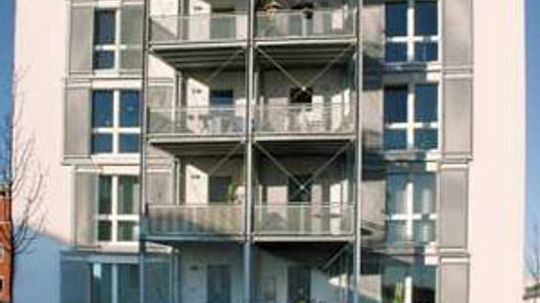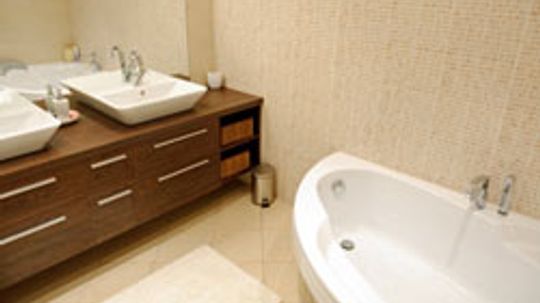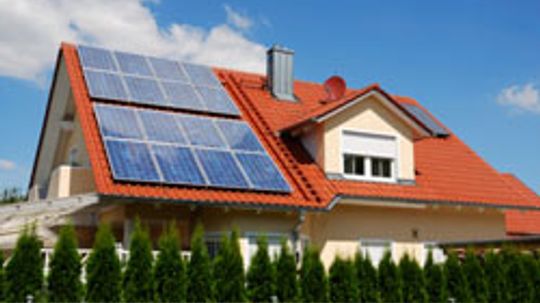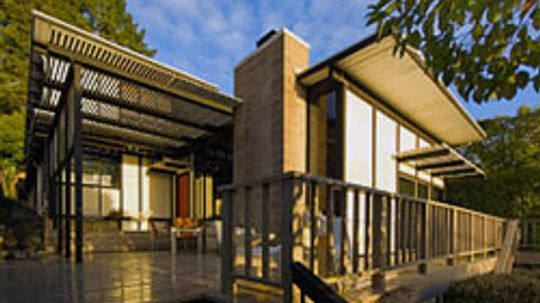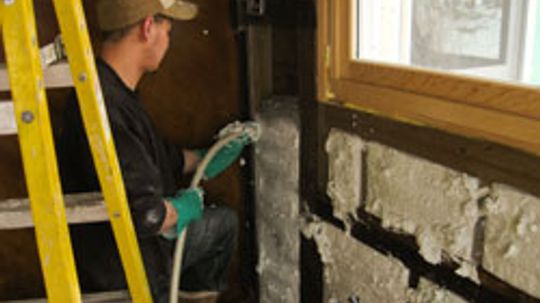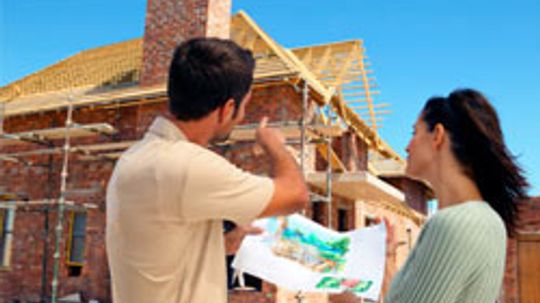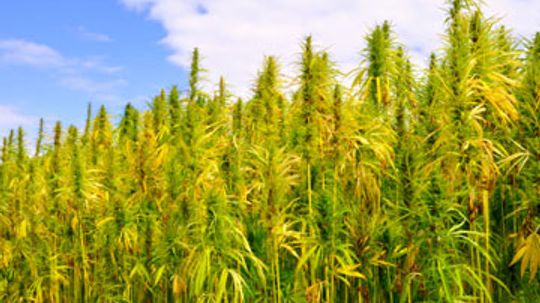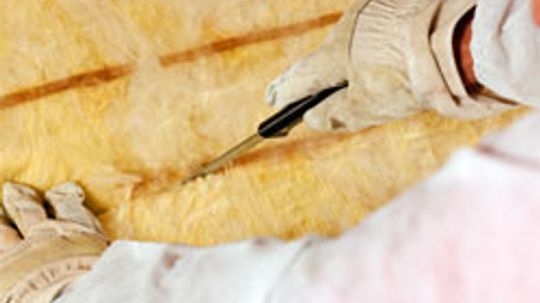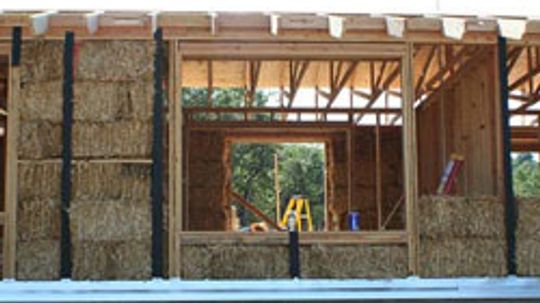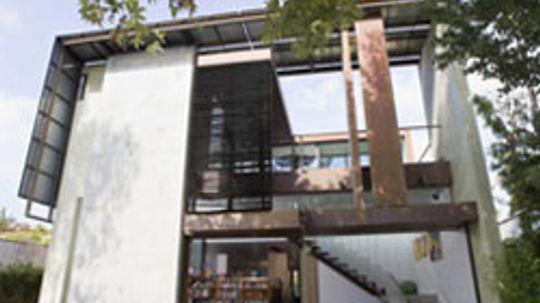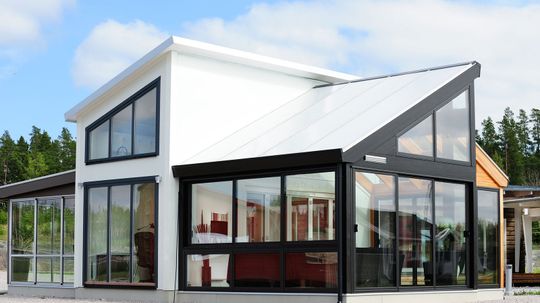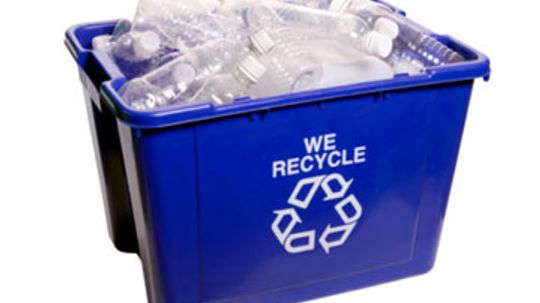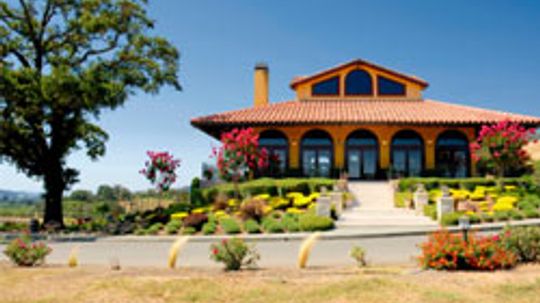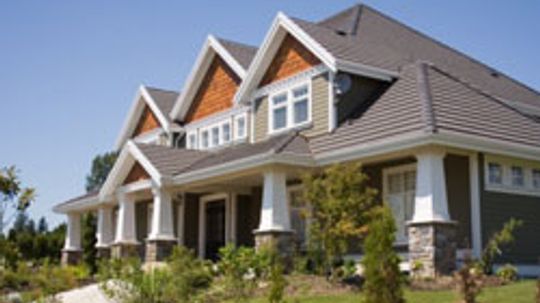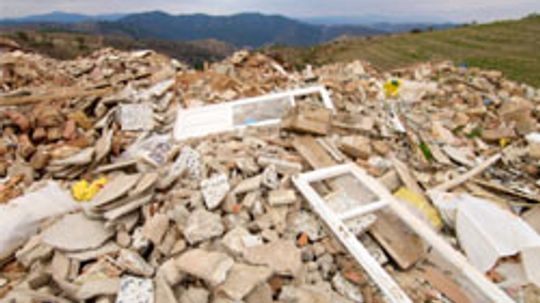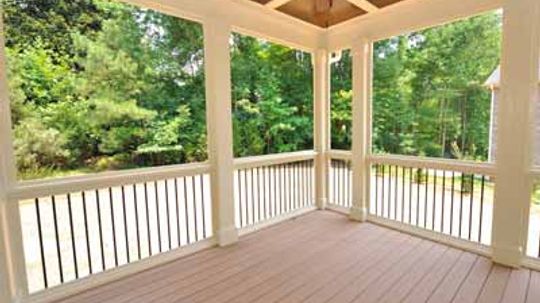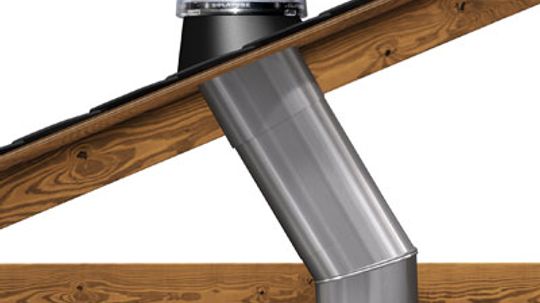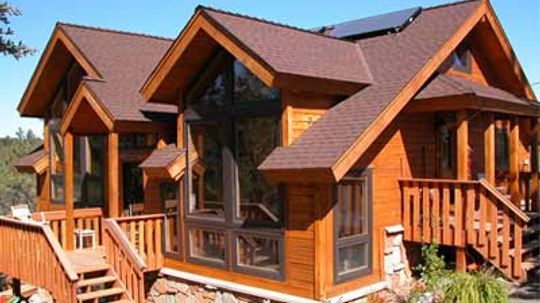Green Construction
Green construction is a hot new trend in building and construction. Green construction involves using recycled materials and utilizing the concepts of sustainable design. As the concepts gain popularity, using them will become second nature.
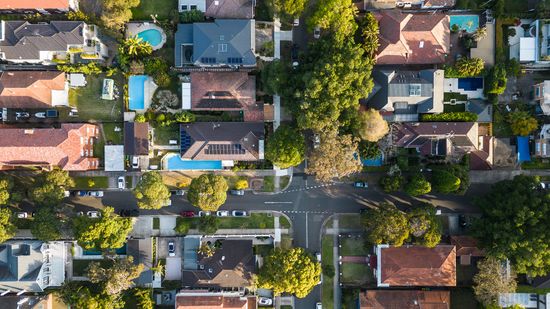
10 Types of Roofs for Homes, Commercial Buildings and More
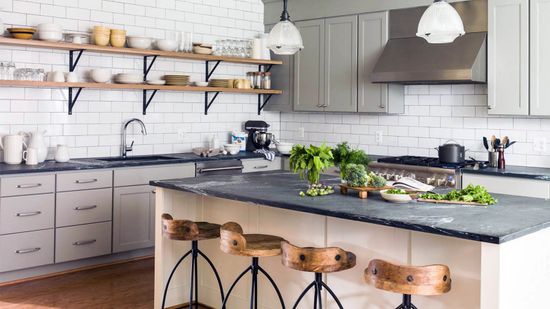
What Are the Pros and Cons of Soapstone Countertops?
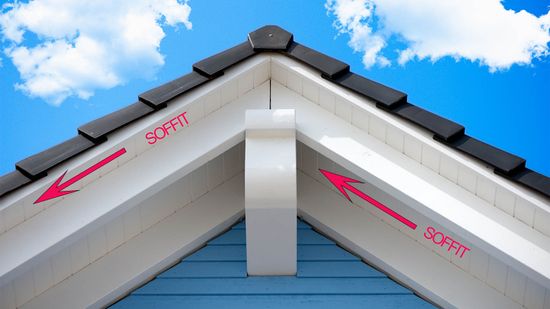
What is a Soffit: Understanding Its Key Role in Proper Home Design
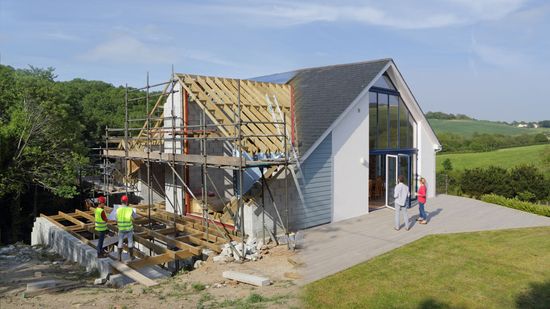
How Much Does It Cost to Build a House in the U.S.?

6 Things to Know About Well Water Before Digging
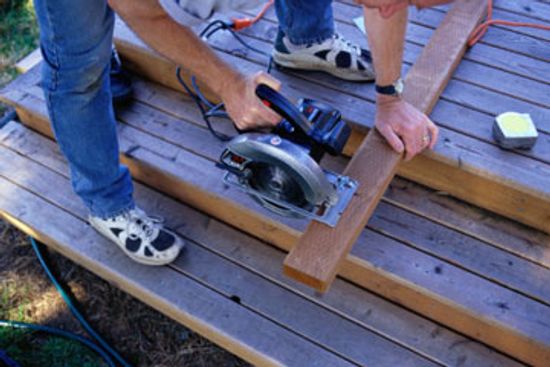
How to Extend an Existing Deck
Learn More / Page 2
In a passive house, winter woes (or summer highs) are a thing of the past. Why? Because they're built to maintain comfortable indoor conditions without a conventional furnace, boiler or HVAC system. Read on to see how.
By Beth Brindle
One of the best places to get guidance on building an eco-friendly home is the U.S. Green Building Council's for Leadership in Energy and Environmental Design program. Better known as LEED, it's designed to help you create a greener place to live.
Clean energy technology is more advanced than ever before and can be as beneficial for your wallet as it is for the Earth. But what exactly is green construction technology?
Advertisement
Green homes have come a long way from the prototypes (and stereotypes) of the early days. Now you can find eco-friendly architecture that is as attractive as it is comfortable.
Air Krete is a foamed cement used instead of fiberglass or other insulation to keep your house toasty warm in the winter and relatively cool in summer. But what are some other interesting facts about this product?
By Garth Sundem
If your kitchen countertops always look like you just cooked a Thanksgiving feast no matter how hard you try to clean them, then it's probably time to replace them. But with so many eco-friendly options available, which one is actually the greenest?
By Sarah Alban
Air Krete is a cement-based insulation product whose primary component is magnesium oxide. But what makes Air Krete different from other types of insulation?
By Garth Sundem
Advertisement
Green demolition is dismantling a building in such a way that its elements are reused or recycled instead of ending up in landfills. Find out what green demolition is in this article.
You're building a new home and want to make it supremely green. Consider the LEED rating system as your guide to building an ultimately eco-friendly abode.
By Matt Sailor
Hemp as a building material might seem like a fairy tale, but it's not. One of the most common uses of industrial hemp is actually insulation, and it can help cut down your energy bills. So why is hemp so prohibitively expensive in the United States?
Some homeowners are opting for eco-friendly tools to lower their electricity usage and stop stressing the power grid. Others vow to cut down on oil and gas. So what are some of the best green tools on the market?
Advertisement
Homeowners are now beginning to discover the color of home insulation isn't just pink. It can also be green -- as in eco-friendly. But does it cost an arm and a leg?
As housing prices rise and people become more concerned about their environmental footprints, green construction has been gaining popularity. So what are some unique, eco-friendly alternative housing ideas?
Building a new home is the perfect time to add green features that will help you lower your energy costs. But choosing the right ones isn't always easy. Here are 10 to help make the decision process a bit easier.
With the increase in "green building," cool roofs are becoming popular. These are roofs that have been built or modified to maintain a lower temperature in bright sun. We'll examine some of the many ways you can cool your roof.
Advertisement
Recycled and reclaimed materials are becoming popular construction options as people look for greener ways to build. But could building a recycled home be as simple as stacking up the bottles from your recycling bin?
The drive for energy-efficient building comes down to a quest for the so-called tight envelope, which you can often achieve using renewable, recycled material. What are some of the latest energy-efficient building materials?
The first real line of defense against the heat is a building's roof. And some materials are better than others -- especially in hot climates. See which ones are best at keeping the heat at bay.
When it comes to roofing, materials matter -- especially in a hot climate. So when it comes down to asphalt shingles or a metal roof, which really is better?
Advertisement
Today's homeowners are more aware than ever of the demands their appliances, lawns and heating and cooling needs have on the planet's limited supply of fossil fuels. So what are some affordable eco-friendly home improvements?
Although tearing down a house and recycling the building materials is more expensive and time consuming than outright demolition, it is far better for the environment. While not every bit of it can -- or even should -- be recycled, read on to find out the top 10 things that can.
Green communities aren't neighborhoods with lush grass and lots of trees. They're communities full of people who want to be eco-friendly.
By Sara Elliott
It used to be easy to decide how to construct a deck. You could make it out of wood -- or wood. Nowadays, some decking material doesn't even have a trace of wood in it.
Advertisement
Fluorescent lighting uses less energy than incandescent bulbs, but there's no replacing the sun for efficiency and for lifting your spirits. Is it possible to bring natural sunlight indoors?
People in the market for new homes usually have their eyes on key features during the search for their perfect potential abodes: location, space, a pretty yard. Others look for the green factor -- something Enertia Building Systems may provide.
